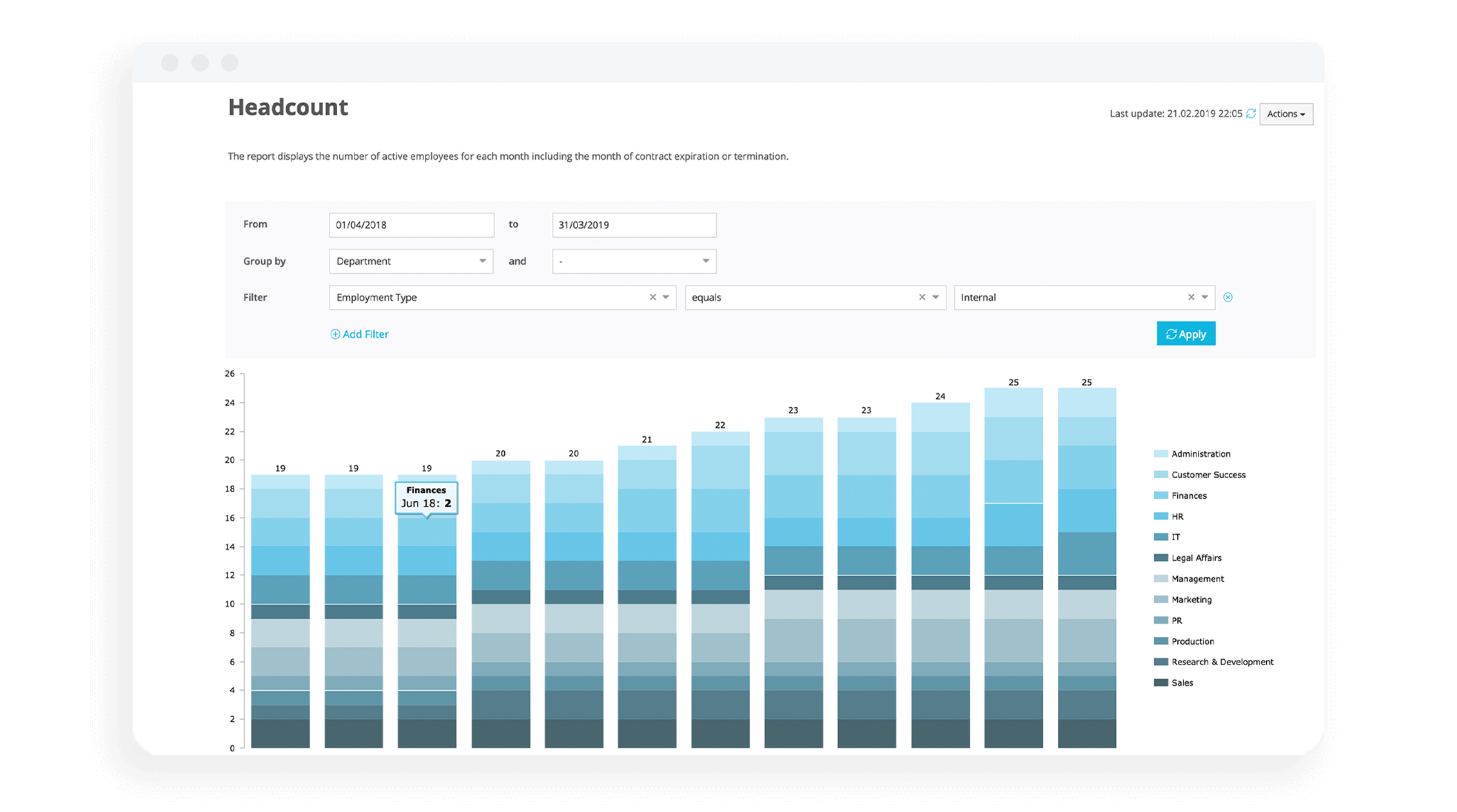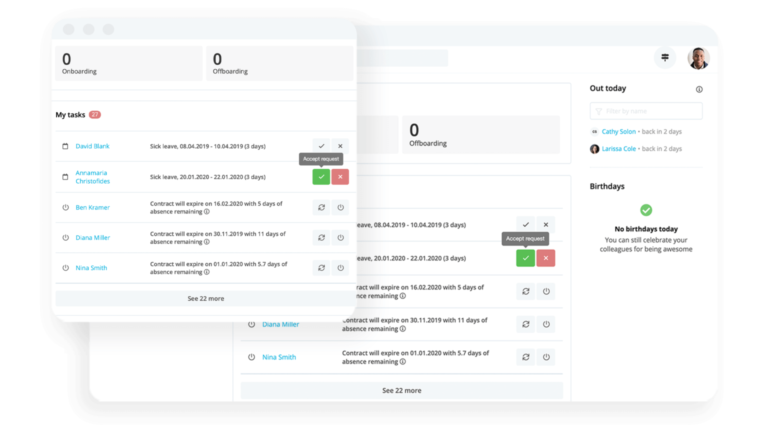Your Guide for Successful Collaborative Working

Collaborative working builds on the talent and experiences of a team to create a result that’s more than the sum of its parts. Whether within a single department, between departments or etween separate organisations, collaborative working supports innovative solutions.
Below is a comprehensive guide shedding light on collaborative working – its significance, benefits, challenges and practical applications for modern teams.
Key Facts
Collaborative working can take place between aligned organisations or within a single organisation.
Collaborative working creates learning opportunities, improves employee engagement and results in more creative solutions.
Collaborative software ensures teams work well together.
Contents
- 1What Is Collaborative Working?
- 2Creating a Collaborative Working Environment
- 3Exploring Collaborative Ways of Working
- 4Benefits of Collaborative Working
- 5Barriers to Collaborative Working
- 6Examples of Collaborative Working
- 7Tips for Choosing the Best Collaborative Working Style for Your Team
- 8Tools for Collaborative Working in a Remote Team
- 9Community Over Competition
- 10Frequently Asked Questions About Collaborative Working
What Is Collaborative Working?
Collaborative working refers to the variety of ways in which multiple organisations, teams or employees can work together to achieve better outcomes.
Creating a Collaborative Working Environment
Creating a collaborative work environment requires continuous effort from the leadership and employees. It can be challenging to shift the company’s approach away from individualistic work processes, so below are a few tips that can ease the transition.
Recognise Individual Strengths
Effective collaboration stems from uniting individuals or entities who bolster each other’s strengths and fill in each other’s weaknesses. Each component of this new team brings their own unique talent that enhances the whole. From there, you can group employees into teams of complementary talents and strengths.
Hold Acceptance in High Esteem
A diversity of viewpoints is central to collaborative working. Promoting acceptance within your company ensures employees of all backgrounds and experiences can share their perspectives in a safe and supportive environment. This cornucopia of input helps a team evaluate a project from all angles, encouraging creative problem-solving a single person couldn’t do alone.
Utilise Collaborative Software
Implementing a single platform for teams to communicate and brainstorm helps make collaboration more effective. Information is shared through one channel, allowing every team member to reference their instructions and mitigate the chance of miscommunication. Consider communication tools like Slack or Teams to share ideas and stay connected, and cloud-based tools like the Google Suite to work together on documents.
Reward Team Success
Celebrating a team’s accomplishments when they complete a project or reach an important milestone helps them stay motivated to continue performing well. Framing it as something they all contributed to can help bolster the value of collaboration in their minds and encourage them to work even closer as a team.
Cultivate a Sense of Community
Employees can’t effectively collaborate with their colleagues when they feel like outsiders. Therefore, it is important to promote a sense of belonging among your workforce.
Exploring Collaborative Ways of Working
There are several methods that a company can use to demonstrate their willingness and ability to collaborate both in and out of the workplace.
Team Collaboration
In this common method, each team member is assigned a defined role that outlines the expectations for their work during the project. Everyone in the team understands who’s responsible for which tasks and how those tasks contribute to the result.
Typically, there’s someone in a leadership position who supervises the work of their colleagues and helps ensure that it’s finished by a predefined deadline. Once the project’s completed, the team receives equal recognition for success.
Network Collaboration
This involves the creation of a pool of resources through the actions of individuals. The people within the network won’t necessarily know each other, but experts make their knowledge available to everyone within it.
Social media is often used as a vehicle for networking collaborations. Members usually outline their issues and ask for referrals on who they should go to to help resolve them.
Video Collaboration
Certain cloud-based platforms have video conferencing features that allow professionals worldwide to collaborate on a project. This broadens the perspectives your workforce can pull from when developing new projects or overcoming obstacles, all while seeing the team face-to-face.
Internal Collaboration
This refers to implementing a company-specific means of sharing information between colleagues. You can use a forum to encourage discussion and cross-team problem-solving or create a wiki containing crucial technical knowledge.
External Collaboration
This generally refers to feedback received about your product or service from outside perspectives. It’s a more indirect collaboration that often involves sending surveys to customers, vendors and clients. Their input is then used to identify issues or weak points and move to correct them.
Be Prepared for the Future of Work

Remote work is becoming a future task for companies. To enable HR to focus on strategic projects like this, Personio fundamentally simplifies your HR work and frees time for strategic tasks.
Book your demoBenefits of Collaborative Working
Companies benefit from more robust processes and tools for employee collaboration. Improving those aspects of your business can provide advantages such as:
More creative solutions. Employees brainstorming together can devise more innovative solutions than someone going at it alone. More diverse viewpoints within a team can consider problems in practical application that others might not.
Learning from other teams. Collaborative working enables multiple teams to pool knowledge for better problem-solving. Each group brings a different speciality to the table.
Higher employee engagement. When team members learn to work together, they often develop a sense of camaraderie that energises them to perform well at their jobs.
Improved workplace mental health. A healthy support network can help employees reduce workplace-related stress by sharing the responsibility of a project with multiple people.
Barriers to Collaborative Working
While collaboration provides its share of benefits, certain barriers can get in the way of progress. The most common setbacks are the actions of individuals within a group setting. Diversity within a team can improve their effectiveness overall, but there’s no guarantee that everyone gets along. Tension can create unproductive competition and conflict that inhibit productivity. The bigger the team, the more likely a conflict may arise.
Examples of Collaborative Working
Below are a few useful examples of collaboration in a typical workplace environment that can help you shape your company procedures.
Document Sharing
With document sharing, all employees, no matter where they’re working, can be a part of the team. Through cloud-based tools, all team members are up-to-date with their team members’ progress and any important updates to project goals.
Mentorship
A newer hire joins the team with decent technical knowledge but needs more experience. A group in a collaborative working environment can show that employee the way and close gaps in the new hire’s knowledge. Through collaborative learning, the new employee becomes productive within their role faster and makes fewer mistakes overall.
Cross-Functional Teamwork
A team runs into a problem with their project that no team member has experienced before. Rather than settle on a potentially non-optimal solution, someone on the team is likely to know someone to ask for advice.
Tips for Choosing the Best Collaborative Working Style for Your Team
There are a few things you can do to help ensure your company’s collaborative workflow is as effective as possible. Some methods include:
Be transparent. Use company communication channels to keep employees informed on company changes. Additionally, give the whole team access to those channels so everyone is on the same page.
Develop clear goals. Define what a team should work towards so they can properly focus their efforts and mitigate costly errors.
Remain open to feedback. Accepting employee feedback demonstrates that collaboration is valued at all company levels. It’s also an opportunity to identify issues in the collaboration process.
Introduce 360 degree feedback into your organisation with Personio

Personio's all-in-one HR software offers a 360 degree feedback feature for continuous feedback. Employees are empowered to request feedback, give feedback and managers can even ask for feedback as part of performance cycles. Learn more today.
Show me how it worksTools for Collaborative Working in a Remote Team
Collaboration software maintains teamwork regardless of distance. These tools are integral to modern workplace success. Look for the below features to get the most out of your software.
Internalised social networking. Collaborative tools often come with a built-in messaging service that enables team members to chat and ask questions.
Cloud-based document storage. The entire team can reference the most accurate body of information from anywhere.
Search features. Team members can track down data at a moment’s notice.
Task management tools. Assigning tasks, tracking time and file sharing are among the key features of a collaboration software.
Community Over Competition
Your company can benefit from a diverse group working to solve a problem, and your employees can benefit from having people around them to rely on. And with the commonplace use of collaborative tools, there are more opportunities than ever to cooperate with people across the globe to create something greater than the sum of its parts.
Frequently Asked Questions About Collaborative Working
What Does Collaborative Working Mean in a Remote Team?
Collaborative working in a remote team involves taking into consideration tools that keep physically-separated people on target, regardless of distance.
What Are Collaborative Working Skills?
Collaborative working skills are competencies that help employees excel in a group setting, such as effective communication or active listening.
What Are Some Popular Tools for Collaborative Working?
Some popular tools for collaborative working include:
Slack
Google Drive
Dropbox
Asana
Zoom
Notion
How Can I Create a Collaborative Working Environment?
Embrace diversity, reward success and give team members the tools they need to succeed.
Disclaimer
We would like to inform you that the contents of our website (including any legal contributions) are for non-binding informational purposes only and does not in any way constitute legal advice. The content of this information cannot and is not intended to replace individual and binding legal advice from e.g. a lawyer that addresses your specific situation. In this respect, all information provided is without guarantee of correctness, completeness and up-to-dateness.

